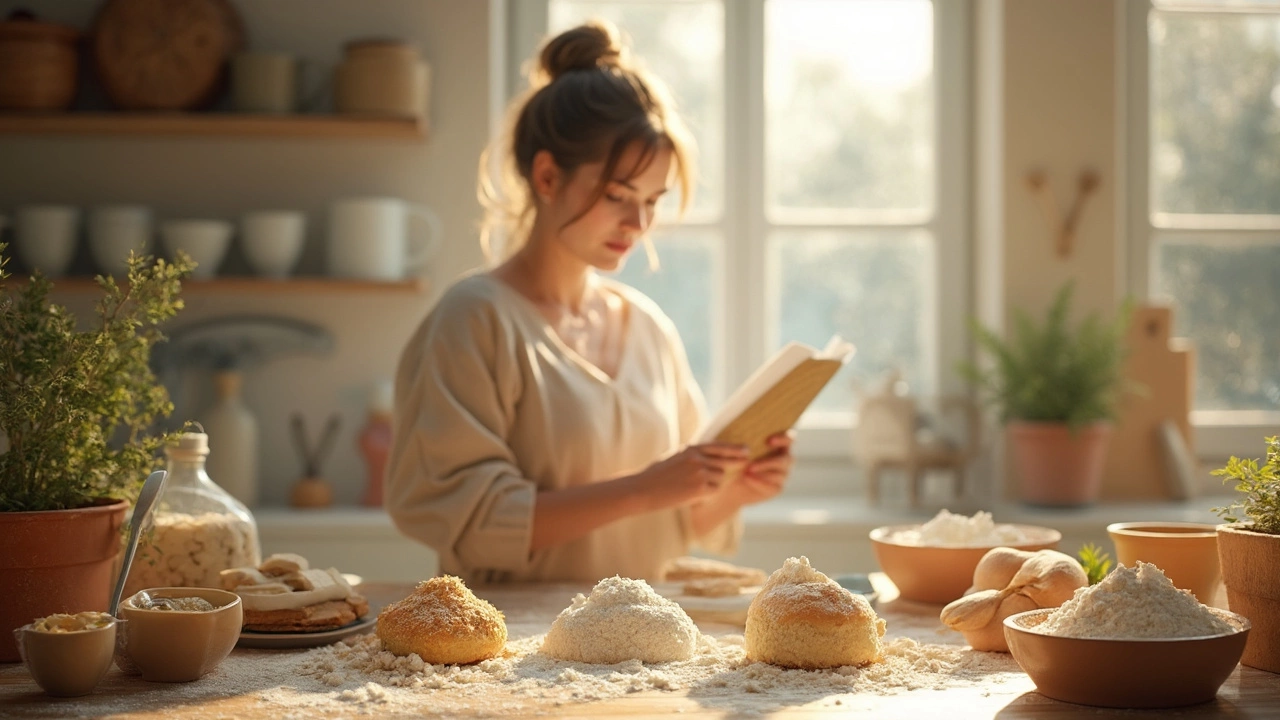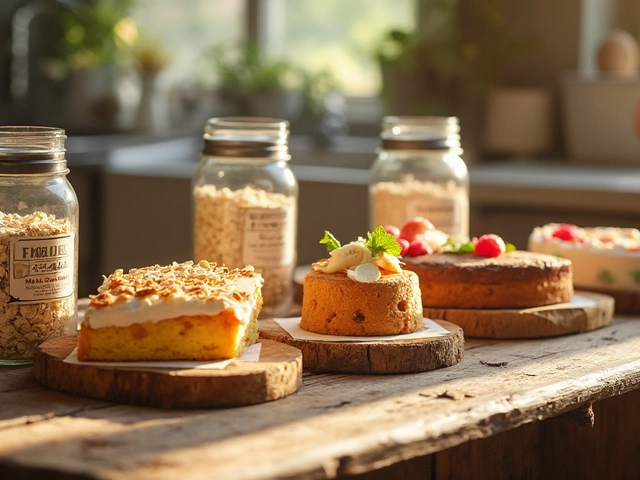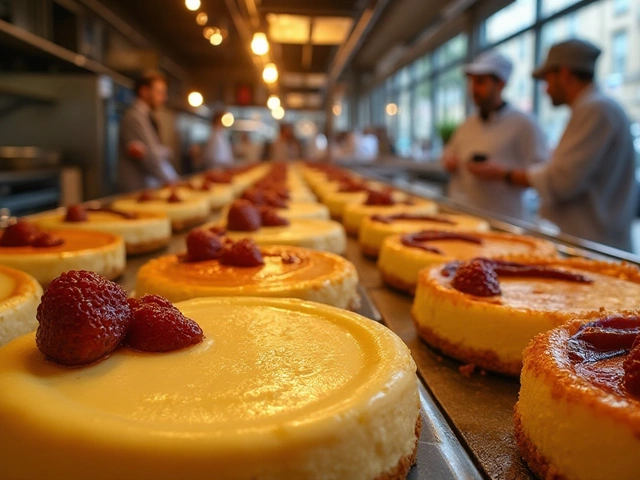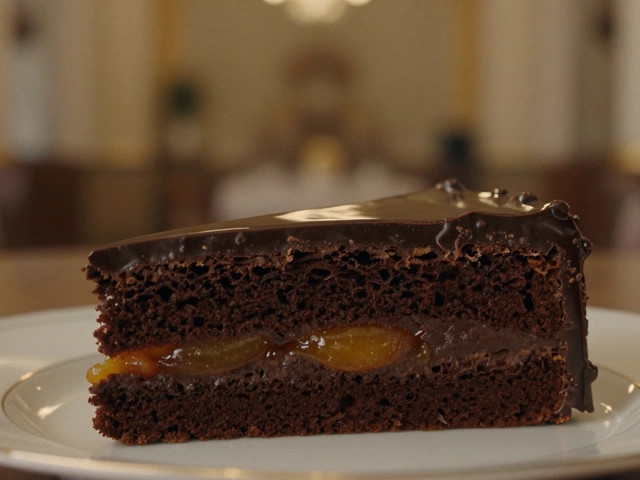Common Baking Mistakes and Easy Fixes
If you’ve ever pulled a batch of brownies that look sad or a fudge that’s hard as a rock, you’re not alone. Mistakes happen in the kitchen, but most of them are easy to spot and fix. Below we break down the top errors you’ll see again and again, and give you a quick plan to rescue the treat.
Top Mistakes You’ll See Again and Again
Over‑cooking fudge. When you boil fudge past the soft‑ball stage, the sugar crystals get too big and the texture turns grainy or rock‑hard. A candy thermometer is the cheapest way to stay in the sweet spot.
Skipping eggs in cheesecake. Eggs bind the cream cheese and give the slice that smooth bite. Without them you’ll get a crumbly top and a watery center. Use a small extra egg or a reliable substitute if you must go egg‑free.
Gluten‑free cakes that sink. Too much liquid or not enough lift can make the middle collapse. A blend of rice flour, tapioca starch, and a bit of xanthan gum gives structure without weighing it down.
Storing brownies wrong. Moisture is the enemy of a crisp crust. Wrap them loosely in parchment, then store in an airtight container. If they’re already soggy, a quick 5‑minute bake at 175°C revives the top.
Using the wrong leavening for cookies. Baking soda needs an acid to work; baking powder is a complete system. Mixing them up can lead to flat, dense cookies. Check the recipe and match the leavening to the other ingredients.
Quick Fixes to Save Your Sweet Treats
If your fudge has already hardened, grate it and melt it gently with a splash of milk. Stir constantly and add a pinch of corn syrup to bring back that silky feel.
For a sunken gluten‑free cake, slice off the top and level it with a serrated knife. Add a layer of whipped cream or frosting to hide the dip, and you’ll still have a beautiful finish.
Brownies that look suspicious? Smell them. If there’s any sour or off note, toss them. Otherwise, toast the edges for a minute to dry out any excess moisture.
Forgot the egg in a cheesecake? Blend 1 tbsp of cornstarch with 2 tbsp of water and fold it into the batter. It helps bind the mixture and keeps the slice from cracking.
When cookies spread too much, chill the dough for 30 minutes before baking. Cold dough holds its shape better and results in a puffier texture.
Each mistake is a chance to learn a new trick. Keep a notebook of what went wrong and what you did to fix it. Over time you’ll spot patterns and avoid the errors before they happen.
Take these tips, try them on your next bake, and watch the difference. The kitchen isn’t a place for perfection, but it is a place for improvement. Happy baking!

Gluten-Free Baking: What to Avoid for Perfect Cakes
Baking gluten-free cakes sounds simple, but plenty of things can mess it up fast. This article points out common mistakes you’ll want to dodge, from using the wrong flours to skipping vital binders. You’ll get tips to make cakes moist and flavorful, plus advice on cross-contamination and tricky add-ins. Whether you’re brand-new to gluten-free baking or trying to fix dry, crumbly results, this guide has you covered. Make your next gluten-free cake taste just as good as the classics.
View More
Gluten-Free Cake Troubles: Why Does It Turn Out Gummy?
Ever wonder why your gluten-free cake feels like gooey dough instead of a light treat? This article dives into what really causes that gummy texture, from flour blends to baking times. You'll learn about common missteps and get straight-to-the-point fixes that actually work. Whether you're new to baking gluten-free or getting annoyed by failed recipes, these practical tips will finally help you crack the code. Get ready to save your next cake from the gummy trap!
View More




